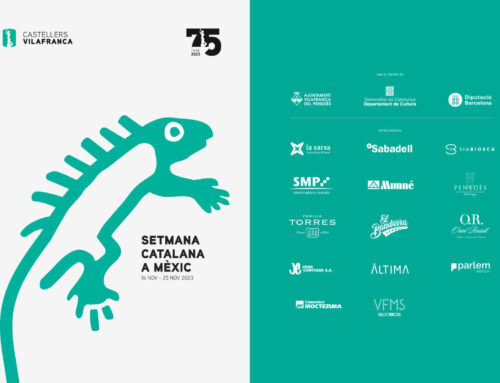A Human Tower Needs a Foundation as Well as a Pinnacle
Updated | I went in wanting to be an I-beam. I settled for being a brick in the foundation, way down at the base: solid, sturdy, dependable. And oblivious to what was going on above me, which was a “human tower” seven levels high, being assembled on a rooftop near Madison Square Park, with two people on each level, standing on the shoulders of the people below.
I fretted: Would it lean like the famous one in Pisa? Would it fall to the ground like the 13th-century tower clock in Finale Emilia, Italy, that was done in a few weeks ago by earthquakes and aftershocks? (No, and no.)
I wondered: What does a brick think about, standing there? Does a brick see itself as a mini-Atlas, with the weight of — well, maybe not the whole world, but several hundred pounds on his shoulders? What if a brick shrugged? Should a brick have read Ayn Rand in college?
Surrounding me, rising above me, were 150 or so experienced human-tower builders from the Castellers de Vilafranca del Penedès, one of about 65 amateur teams from the autonomous Catalonian region of Spain.
“They’re the New York Giants” of human tower-building, said Ram Devineni, a producer and director of a documentary about the team called “The Human Tower.”
Miquel Ferret, a former president of the team, said that non-Catalonians sometimes wondered why anyone would take up human tower-building. “It’s part of our identity,” he said. “Some places dance. Some do music. We do human towers.”
In fact, he said, back in the 18th century, Catalonians danced and built towers. “Then they said, ‘Forget about the dance, let’s just go to the square and build the tower, concentrate on the tower,’” Mr. Ferret said.
The members of the team — farmers, lawyers, a priest, the mayor of Vilafranca del Penedès — paid their own way to New York and were trying out the place where they would do their first public performance, at 230 Fifth a lounge on the top floor of an office building at Fifth Avenue and 27th Street.
At that performance Wednesday night, the performers climbed before a hushed crowd, making four successful human towers in quick succession. With each formation, the performers awed the audience and then adeptly slid down the tower to the mass of people supporting them below.
At the practice I took part in in the afternoon, the tower builders massed in a circle. The roof beneath our feet did not move. For there was a roof beneath our feet. We were doing this on the terrace outside the lounge. Sal Rozenberg, a director of 230 Fifth, had been so concerned about weight that he had additional steel beams put in to reinforce the platform we were standing on. It usually holds nothing more than some tables and chairs for customers who want their drinks outside.
The platform had been chosen for its location in the center of things. “I watched the video,” said Lanny Grossman, a publicist who helped organize the tower-building. “I said, ‘We’re not putting them anywhere near the edge because they seem to fall a fair number of times. If you’re on the top, you fall far. If you’re on the bottom, other people fall on you. There’s no win-win there.’”
There were also no building permits and no sleep-deprived neighbors complaining that bulldozers were busy around the clock. Our tower was topped not by a shiny ornamental crown like the one on the Chrysler Building, but by children in reddish-orange helmets.
Or so I was told. Before I took my place at the base, Mr. Ferret had instructed me, “Don’t look up.” Then he had said I had to take off my glasses.
This made me an extremely nearsighted brick. I was sweating so much in the 92-degree heat that my eyes stung. If I had looked up, I would have seen the Empire State Building towering over the tower from seven blocks away.
The tower-builders said individual size and shape did not matter. “If you are strong and have no balance, it’s not O.K.,” said Jerome Titulaer, who said he was from the Netherlands but now lived in Catalonia. “I don’t have balance like a small girl, but she does not have strength like me. Everybody has something.”
Once the team members who had stood at the top climbed down, Mr. Ferret gave me a thumbs-up. “You were in a good position,” he said. “The line between the performers and the public is not so clear. We need people at the base.”
Eric P. Newcomer contributed reporting.






Deixeu un comentari